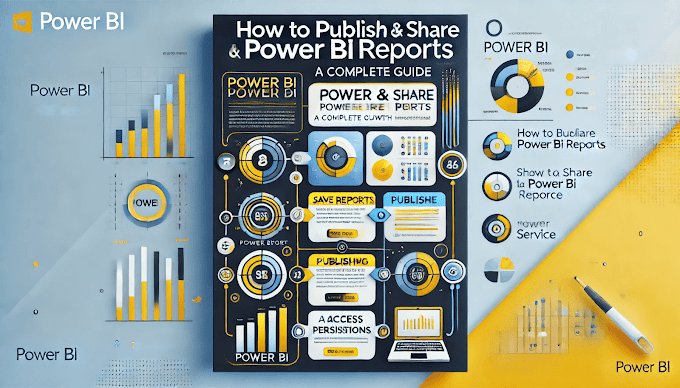Interactive Excel charts are a game-changer for visualizing and exploring data. But to truly stand out, customizing these charts can make a significant difference. This blog will delve into advanced customization techniques to take your interactive charts to the next level.
Why Customize Interactive Charts?
- Enhanced Readability: Tailor charts for better audience comprehension.
- Professional Appeal: Stand out with polished visuals.
- Personalization: Align charts with specific themes or branding.
Techniques for Advanced Customizations Why Customize Interactive Charts?
- Enhanced Readability: Tailor charts for better audience comprehension.
- Professional Appeal: Stand out with polished visuals.
- Personalization: Align charts with specific themes or branding.
1. Dynamic Chart Titles
What Are They?
Dynamic titles update automatically based on user interaction.
Steps:
1. Create a cell containing the desired title formula.
- Example: ="Sales Data for "&B1, where B1 contains a slicer filter.
2. Link the chart title to the cell
- Select the chart title > type = in the formula bar > click the desired cell.
Example: A chart title updates to reflect the selected region from a slicer.
2. Conditional Formatting in Charts
Use Case: Highlight critical data points dynamically.
Steps:
Apply conditional formatting to your dataset.
Example: Highlight values greater than 10,000 in green.
Use these formatted values as a data series in your chart.
Customize the series formatting to align with the colors.
Example: Display bars in red for negative growth and green for positive growth.
3. Custom Data Markers
What Are They?
Replace default markers with custom shapes or icons.
Steps:
Right-click on a data series and choose "Format Data Series."
Under "Marker Options," select "Built-in" or "Picture."
Upload your custom icon or shape.
Example: Use icons for different product categories in a sales chart.
4. Add Interactive Hyperlinks
Use Case: Link charts to specific reports or dashboards.
Steps:
Insert a shape over a chart element (like a title or legend).
Right-click the shape and choose "Hyperlink."
Add a link to another worksheet, file, or webpage.
Example: Clicking on a region in a map chart navigates to a detailed regional sales report.
5. Integrate Sparklines with Charts
What Are Sparklines?
Miniature charts embedded in a single cell.
Steps:
Select the data range for sparklines.
Go to Insert > Sparklines and choose the desired type (e.g., Line or Column).
Position the sparklines adjacent to your interactive chart for added context.
Example: Pair a sales trend chart with sparklines for each product’s monthly performance.
Pro Tips for Customizing Interactive Charts
Color Consistency:
Use a color palette aligned with your brand.
Highlight important data points with contrasting colors.
Use Animations:
Enable smooth transitions for chart updates.
Go to File > Options > Ease of Use > Enable "Animation for chart updates."
Optimize for Printing and Sharing:
Ensure charts look great in both color and grayscale.
Test different resolutions for screen and print.
Combine Chart Types:
Mix column and line charts in one view to highlight relationships.
Use the "Combo Chart" option under Insert > Custom Combo Chart.
Practical Example: Customizing a Sales Dashboard
Data:
Customization Steps:
Dynamic Title:
Link the title to a cell reflecting the selected region.
Conditional Formatting:
Highlight regions exceeding targets in green.
Custom Markers:
Use star icons for regions exceeding targets.
Interactive Slicer:
Add a slicer for regions to dynamically filter data.
Result: A fully interactive sales dashboard tailored to highlight performance metrics dynamically.
Advanced customization transforms interactive charts into powerful storytelling tools. By incorporating dynamic elements, conditional formatting, and personalized design, you can elevate your data visualization game and leave a lasting impression.
Write Us- Support@virvijay.com.




.jpg)






.png)


